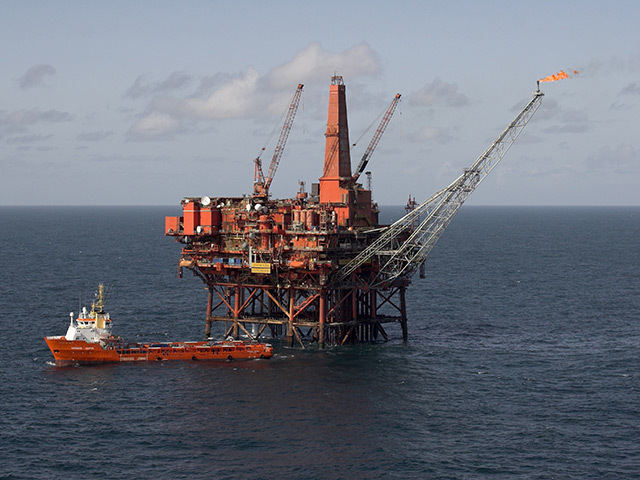
Energy Voice’s coverage of an all-subsea development for Clair South took me back to 1981.
At that time I was working for the British National Oil Corporation (BNOC) and Clair was a portfolio opportunity.
A front end review of Clair’s commerciality quickly put it into the too hard box. The complexity of the faulted reservoir gave the subsurface group no confidence in reservoir modelling and a subsea tie-back of that distance to shore was inconceivable.
What BP are considering now for Clair South is testament to the technology transformations the oil and gas industry has delivered. So where is the next transformation going to come from?
Oil and gas will have a key role towards net zero delivery. We will need oil and gas as we transition and the non-fuel derivatives from oil and gas will continue to be required well after 2050.
One example is plastic. Just look at what plastic provided in combating COVID19 – personal protective equipment and a key material in life-saving medical equipment.
Many net zero commentators are calling for the UK to stop future oil and gas exploration. How can we do that and continue to provide the UK with the non-fuel benefits from oil and gas? I think there is a way.
An example is the Murchison field. It was decommissioned, leaving behind around 30% of the original oil place. For a field the size of Murchison that would be approximately 250 million barrels. An accumulation much larger than anything we are likely to develop or find in the future.
This will be the same for most of the first and second generation mega fields – Ninian, Thistle, Dunlin etc. –after cessation of production we are leaving behind a huge amount of unrecovered reserves.
Obviously if those were easily developed the industry would do it. We have pushed and prodded as much oil out as technology and costs will allow.
The industry has for many years researched a range of enhanced oil recovery (EOR) techniques to produce some of this locked oil with limited success.
There is though an EOR technique that has been given little attention – microbial enhanced oil recovery (MEOR) – the use of microbes to help release the trapped oil.
One microbial technique that would be truly transformational is the use of methanogens – transform the trapped oil into methane (natural gas).
Prior to cessation of production and decommissioning, the field would be flooded with methanogens and nutrients. The microbes would subsequently colonise the oilfield and metabolise the trapped oil converting it to methane.
The much more mobile bio-produced methane gas would migrate upwards, accumulating as a large gas cap. The gas cap would be produced through the existing infrastructure.
It’s a potentially low cost hydrocarbon EOR recovery option that needs no new well drilling.
In addition to producing valuable gas it would also extend field life, thereby deferring decommissioning – a key aim of the OGA.
A search of OGTC’s site produced one reference to microbial EOR. The UK has a world leading bio-technology capability – OGTC what are you waiting for?